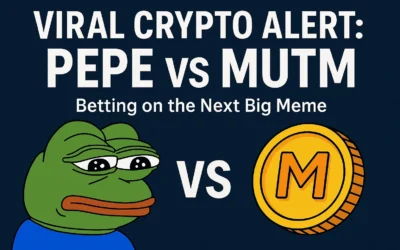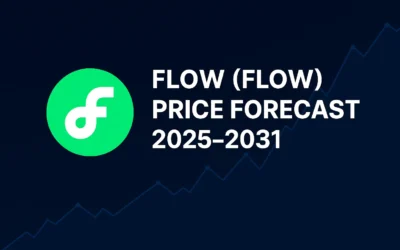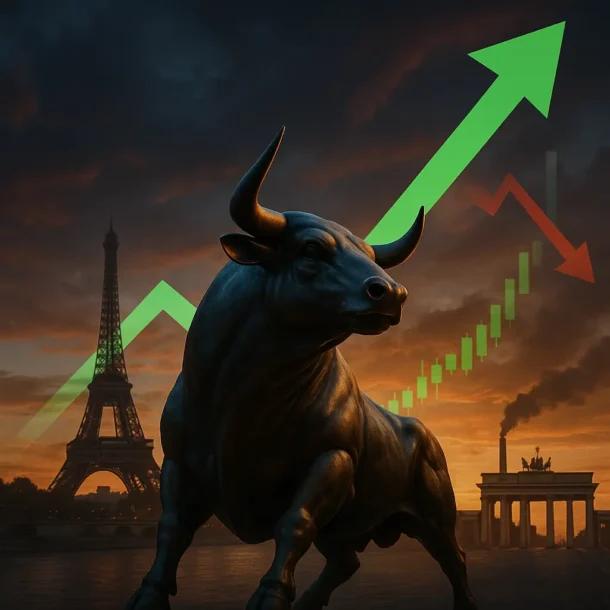As Bitcoin continues to captivate the financial world, a curious trend is unfolding. On one side, Bitcoin whales—the large holders of Bitcoin—are buying in during a market downturn, while on the other side, small investors are liquidating their positions. This divergence in behavior raises critical questions: What does this mean for Bitcoin’s immediate future? Should smaller investors be concerned, or is this just part of a larger market cycle?
Let’s break down this phenomenon and explore what it means for the Bitcoin market and how it could shape Bitcoin’s next move.
Who Are Bitcoin Whales?
In the cryptocurrency market, whales are those individuals or entities that hold large amounts of Bitcoin—typically 100 BTC or more. Their market actions, such as buying or selling large quantities of Bitcoin, have the potential to move the market significantly due to their size.
Whales are often seen as long-term holders, and they tend to act on a much larger scale compared to retail investors. When they buy, they typically do so in large quantities, often causing price fluctuations in the market. However, their activity is also seen as a signal to many in the crypto community. The idea is that if whales are accumulating Bitcoin, it might indicate that they expect the price to rise in the future, especially after a price correction or during a market dip.
The Selling Pressure from Small Investors
On the flip side, small investors, typically individuals with smaller holdings, are currently selling off their Bitcoin positions. This could be due to a variety of factors, such as:
- Fear of further market declines: After the recent market downturns, many small investors are opting to cut their losses and sell their assets.
- Increased volatility: Bitcoin is no stranger to significant volatility, and this can cause anxiety among smaller investors who may not have the same risk tolerance as institutional players.
- Profit-taking: Some small investors may simply choose to cash out during a short-term market rally, especially when Bitcoin’s price has surged after a correction.
This behavior is not uncommon. During periods of high uncertainty or when prices experience significant fluctuations, small investors are more likely to panic sell. But what does this pattern mean in the broader context of Bitcoin’s market dynamics?
Why Are Whales Buying When Small Investors Are Selling?
At first glance, the actions of Bitcoin whales and small investors seem contradictory. Why would the large holders be accumulating Bitcoin while small investors are rushing to sell? Here’s what we know:
- Market Cycles and Accumulation
Every market experiences cycles of boom and bust. The key difference between whales and smaller investors is that whales are typically better positioned to weather the storm. They have a longer-term perspective and often take advantage of lower prices to accumulate Bitcoin at a discount during periods of market weakness. This behavior is often part of their strategy to accumulate more Bitcoin in anticipation of future price increases. - Whales Are Confident in Bitcoin’s Long-Term Potential
While small investors may panic due to short-term market fluctuations, whales are more likely to see through the noise and remain confident in Bitcoin’s long-term value proposition. They believe that Bitcoin will continue to be a store of value, especially as more institutional investors and global entities adopt it in the coming years. - Whales Control the Market’s Momentum
Large Bitcoin holders can exert significant influence over market sentiment. When whales accumulate, it sends a message to the market that Bitcoin’s price could be poised for an upward move. Smaller investors, in contrast, may react to short-term movements and sell off their positions, potentially missing the opportunity when Bitcoin prices rise again.
What Does This Mean for Bitcoin’s Next Move?
The current behavior of Bitcoin whales and small investors suggests that we may be at a pivotal moment in the market. Here’s why:
- Bitcoin’s Price Could Be Approaching a Bottom
Bitcoin’s recent price correction may have attracted the attention of larger players who see this as an opportunity to buy at a discounted price. The buying pressure from whales could indicate that Bitcoin’s price is nearing a bottom and that future price increases are more likely than further declines. - Short-Term Volatility and Long-Term Growth
In the short term, we can expect continued price volatility as small investors react to market movements and whales continue to accumulate. However, in the longer term, Bitcoin’s market dynamics—driven by institutional adoption, regulatory clarity, and global economic factors—could lead to a sustained upward trend. - Smaller Investors Could Be Left Behind
If small investors sell their positions out of fear or uncertainty, they risk missing out on potential future gains when Bitcoin prices rebound. Whales, with their deep pockets and long-term perspective, are well-positioned to capitalize on this volatility, while retail investors who panic may not be able to benefit from the next bull run.
Conclusion: What Should Investors Do?
For small investors and retail traders, it’s crucial to avoid making emotional decisions based on short-term market fluctuations. Here are some strategies:
- HODL for the Long-Term: If you believe in Bitcoin’s future, holding through market volatility might be the most prudent approach.
- Avoid Panic Selling: Selling during a dip could lead to missed opportunities when the market eventually recovers.
- Stay Informed: Keep track of whale activity and market trends. It’s often the big players who dictate Bitcoin’s movements, so understanding their behavior can help guide your strategy.
For whales, continuing to accumulate during market dips is a well-established strategy. They are in a unique position to weather market volatility and potentially benefit from Bitcoin’s long-term growth trajectory.
Did you find this article insightful? Subscribe to the Bullish Stock Alerts newsletter so you never miss an update and gain access to exclusive stock market insights: https://bullishstockalerts.com/#newsletter
Avez-vous trouvé cet article utile ? Abonnez-vous à la newsletter de Bullish Stock Alerts pour recevoir toutes nos analyses exclusives sur les marchés boursiers : https://bullishstockalerts.com/#newsletter








0 Comments